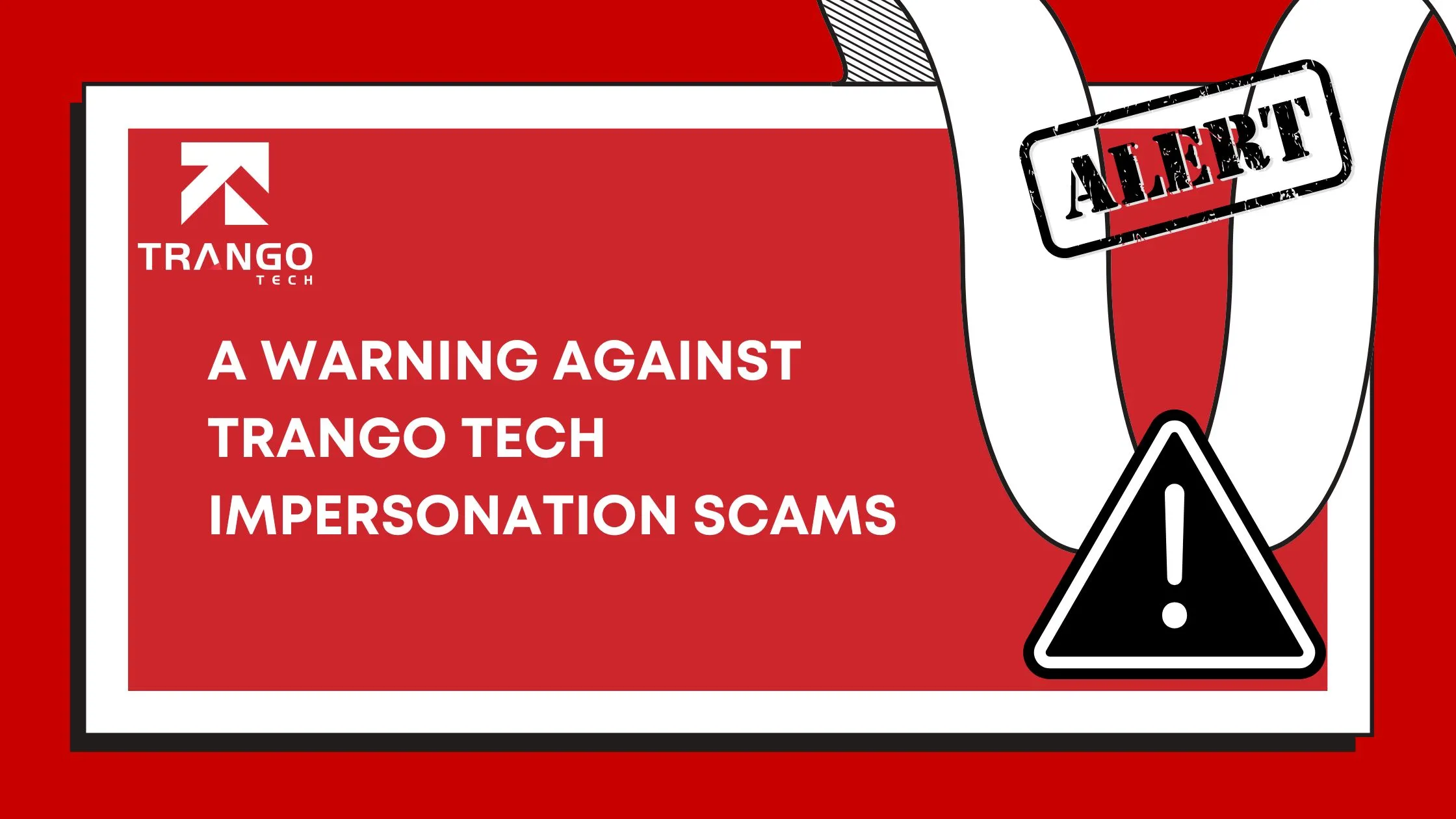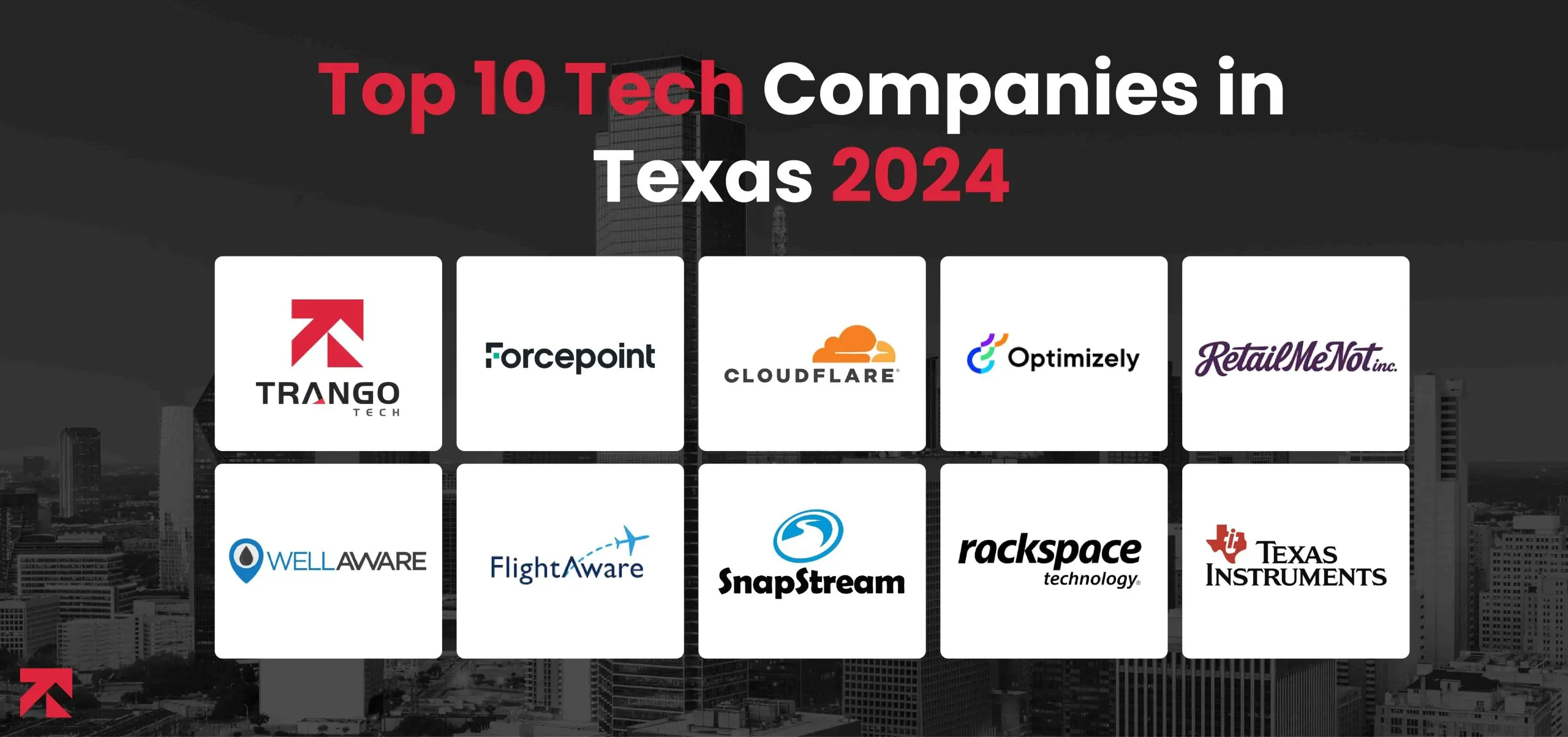What is Ruby on Rails?
Ruby on Rails is an open-source framework written in Ruby, a programming language known for its simplicity and productivity. It follows the Model-View-Controller (MVC) architectural pattern, providing developers with a structured approach to building web applications. Rails emphasizes convention over configuration, enabling developers to focus on writing application logic rather than boilerplate code.
Rise and Popularity of Ruby on Rails
In the mid-2000s, Ruby on Rails gained significant traction and became the go-to framework for many startups and web developers. Its elegant syntax, extensive libraries, and emphasis on developer productivity made it an attractive choice. Rails’ “convention over configuration” philosophy allowed developers to build web applications quickly, reducing the time spent on repetitive tasks.
Challenges Faced by Ruby on Rails
While Ruby on Rails enjoyed its golden age, it also faced certain challenges that affected its growth and adoption. One of the main challenges was scalability. As web applications became more complex and required handling a massive amount of data, Rails’ performance started to lag behind other frameworks optimized for scalability.
Competition from Other Frameworks
Over time, numerous alternative frameworks emerged, offering different approaches to web application development. Frameworks like Django (Python), Laravel (PHP), and Node.js gained popularity, attracting developers with their own unique features and advantages. This increased competition presented choices for developers, leading to a gradual shift away from Ruby on Rails.
Updates and New Releases
Despite the challenges, the Ruby on Rails community continued to release updates and new versions. These updates introduced improvements in performance, security, and compatibility with the latest technologies. However, the pace of innovation couldn’t keep up with the rapid advancements in the web development landscape, and developers started exploring other options.
Community Support and Contributions
The Ruby on Rails community has always been known for its strong support and contributions. Many gems (libraries) were created, providing additional functionality and extending the capabilities of Rails. However, as the popularity of Rails waned, the community size and active contribution decreased, making it less appealing for developers seeking an active ecosystem.
Impact of JavaScript Frameworks on Ruby on Rails
The rise of JavaScript frameworks, such as React, Angular, and Vue.js, also impacted the popularity of Ruby on Rails. These frameworks offered rich client-side interactions, providing a smoother user experience. As developers embraced JavaScript frameworks for building frontend applications, they often opted for backend frameworks that complemented their frontend choices.
Transitioning to Microservices Architecture
Another factor that affected Ruby on Rails is the trend towards microservices architecture. Microservices allow developers to break down monolithic applications into smaller, independently deployable services. While Rails can be used in a microservices architecture, its convention-driven nature may not always align with the flexibility and scalability requirements of such an architecture.
Future of Ruby on Rails
Despite the decline in popularity, Ruby on Rails continues to be used in various applications, especially in established projects where it still serves a purpose. The Rails core team is actively working on improving the framework and addressing its limitations. However, it’s essential to acknowledge that the web development landscape has evolved, and developers now have a wider range of options to choose from.
Conclusion
In conclusion, Ruby on Rails had its heyday, but the changing landscape of web development, scalability challenges, competition from other frameworks, and the rise of JavaScript frameworks have impacted its popularity. While Ruby on Rails is still relevant in specific use cases, developers now have more choices based on their project requirements and preferences. The future of Ruby on Rails depends on its ability to adapt and innovate, staying relevant in a constantly evolving tech industry.
FAQs
Is Ruby on Rails still relevant?
Yes, Ruby on Rails is still relevant for certain use cases. While its popularity has declined, Rails continues to be used in established projects and where its conventions and simplicity are advantageous.
What are some popular websites built with Rails?
Some popular websites built with Ruby on Rails include Airbnb, GitHub, Shopify, Basecamp, and SoundCloud. These examples demonstrate the robustness and scalability of Rails for various applications.
Can I learn Ruby on Rails today?
Absolutely! Learning Ruby on Rails can be a valuable skill, particularly if you’re interested in working on existing Rails projects or developing web applications with specific requirements that Rails can fulfill. Numerous online resources, tutorials, and books are available to help you get started.
Conclusion
If you’re considering Ruby on Rails for your next web development project, it’s essential to weigh the pros and cons, consider the specific requirements, and evaluate the alternatives. While Ruby on Rails has experienced a decline in popularity, it still has its place in the web development ecosystem. So, keep an open mind, explore your options, and choose the framework that best suits your project’s needs.









